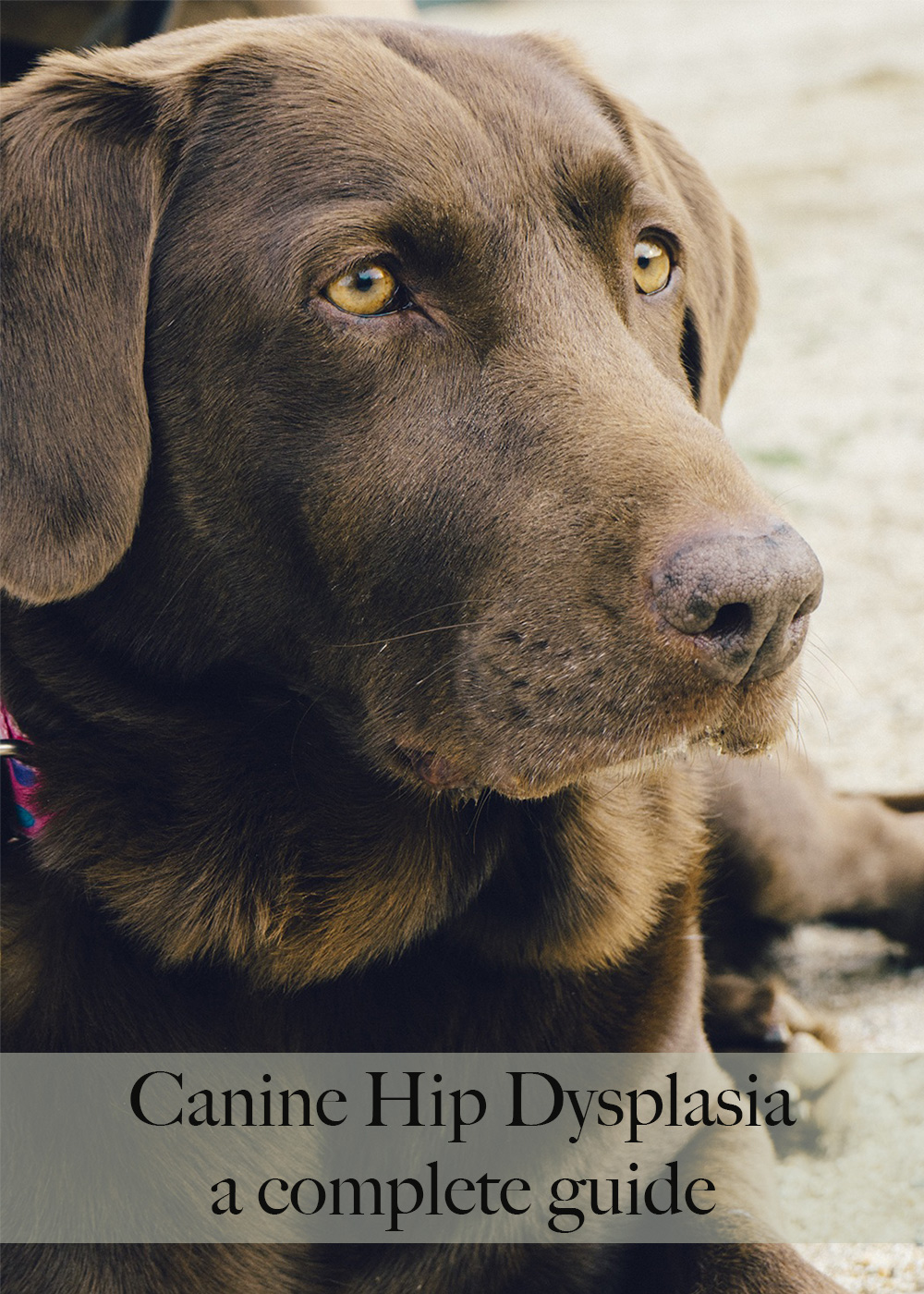
Hes been put on anti inflammatories which had minimal affect and for the last 3 days has been on tramadol. Instead of fitting together normally and sliding smoothly pieces of the joint the ball and socket painfully rub together.

Treatment options and lifestyle changes you.
How long can a lab live with hip dysplasia. Canine hip dysplasia is a malformation of the hip joint where the head of the femur bone doesnt fit precisely into the hip socket. Instead of fitting together normally and sliding smoothly pieces of the joint the ball and socket painfully rub together. As there is a loss of cartilage over time this condition can result in chronic pain in the hip joint lameness or long-term degenerative joint disease osteoarthritis.
Canine hip dysplasia is a common hip problem in dogs. Unfortunately there is no way to know just how long a dog with hip dysplasia will live. Especially with the different breed lifespans out there.
But steps like early detection treatment and management can make a huge difference. By the time a dog has reached two years of age almost 95 of CHD cases reveal themselves. This is why it is vital to only buy puppies from breeders who have tested the parents for both hip dysplasia and elbow dysplasia which is the same joint deformity in the elbow socket.
My 17month old labretriever cross has just been diagnosed with Hip dysplasia in his right hip. It seems quite bad but up to two weeks ago he was active and happy 2 walks a day of 30 mins each mainly on the beach. Hes been put on anti inflammatories which had minimal affect and for the last 3 days has been on tramadol.
The Tramadol has had the best effect and he has gained about 8090 of his original mobility. Labrador Retriever puppy dog hip dysplasia. The left hip positioned on the right side in the X-ray is worse than the right hip with only slight coverage of the head of the femur by the acetabulum.
The disease can occur in Labs that are just a few months old or it can strike later in the dogs life. I suppose it is this unpredictability that frightens most Lab owners. What is Hip Dysplasia in Dogs.
Hip dysplasia is an inherited condition an orthopedic disease that affects the dogs hip or coxofemoral joint and this condition is resulting from an improperly formed hip joint. To understand how hip dysplasia develops we need to understand the anatomy of the hip. The hip joint works as a ball and socket acetabulum and in a healthy hip joint the ball and.
Lab puppies should be kept at a lean weight during their growing years instead of being overfed to grow big and strong. Not only can overfeeding lead to pet obesity it can also cause puppy hip dysplasia. Recent studies show that when puppies were overfed during their youth more than 70 of them went on to develop hip dysplasia.
Since this normally occurs during the first year of their lives. How long can a dog live with hip dysplasia. Hip dysplasia doesnt have to shorten a dogs life as long as the pain is managed and the condition can take years to reach a point where there is poor quality of life and suffering.
Many dogs can life long and happy lives despite hip dysplasia but they will need the support and care of their owners to manage the pain and discomfort. Massages can be helpful in loosening stiff and sore joints. It can provide relief to your dog both physically and emotionally if performed by a certified practitioner.
Acupuncture for dogs can also bring comfort and relief for those joints. Acupuncture might not be suitable for every dog but depends upon the dog and its condition. It might not be suitable for an aggressive and anxious dog.
Even more hip dysplasia can lead to the development of arthritis ever since teenagehood and it can make the patient suffer from chronic hip pain for the rest of hisher life if it is not detected and treated as soon as possible. In the case of the babies that are detected to have hip dysplasia a non-surgical treatment can actually be successful and it usually implies the use of a special. How Long Can a Dog Live With Hip Dysplasia.
Heres that word multifactorial once again. The answer to how long can a dog live with hip dysplasia depends on lots of factors such as. If you can afford hip replacement surgery even the most severe cases can lead to a normal and full life.
Many dogs live for years after they begin experiencing some arthritis or having a few problems from hip dysplasia or luxating patellas. Theres no reason why your dog cant lead a fairly normal life especially if you follow some of the tips offered here. What is hip dysplasia.
Our hips and the hips of our dogs are ball and socket joints. And for these joints to work properly the ball part which is the bulbous end at the top of the long thigh bone must fit neatly into the socket which is a part of the pelvis. Your dogs back legs need to swing smoothly back and forwards as he moves.
The hip joint continues to grow develop and change as long as the bones are growing. Early treatments with harness or bracing aim to guide the development of the hip into a more natural shape. Once bone growth stops a time referred to as skeletal maturity the hip joint ceases to develop further and the degree of dysplasia that is present will persist.
Developmental Dysplasia of the hip DDH or hip dysplasia a relatively common condition in the developing hip joint occurs once in every 1000 live births. Dogs with hip dysplasia often lead long full lives especially with treatment. If you think that your dog may be affected talk to your veterinarian.
Treatment options and lifestyle changes you. Hip dysplasia can damage the cartilage the tissue that cushions these bones in the joint. It can also cause pain and issues ranging from an unstable joint to dislocation the bone slides out of place in the joint.
How common is hip dysplasia. About 1 of every 1000 babies is born with hip dysplasia. Girls and firstborn children are more likely to have the condition.
It can occur in either.